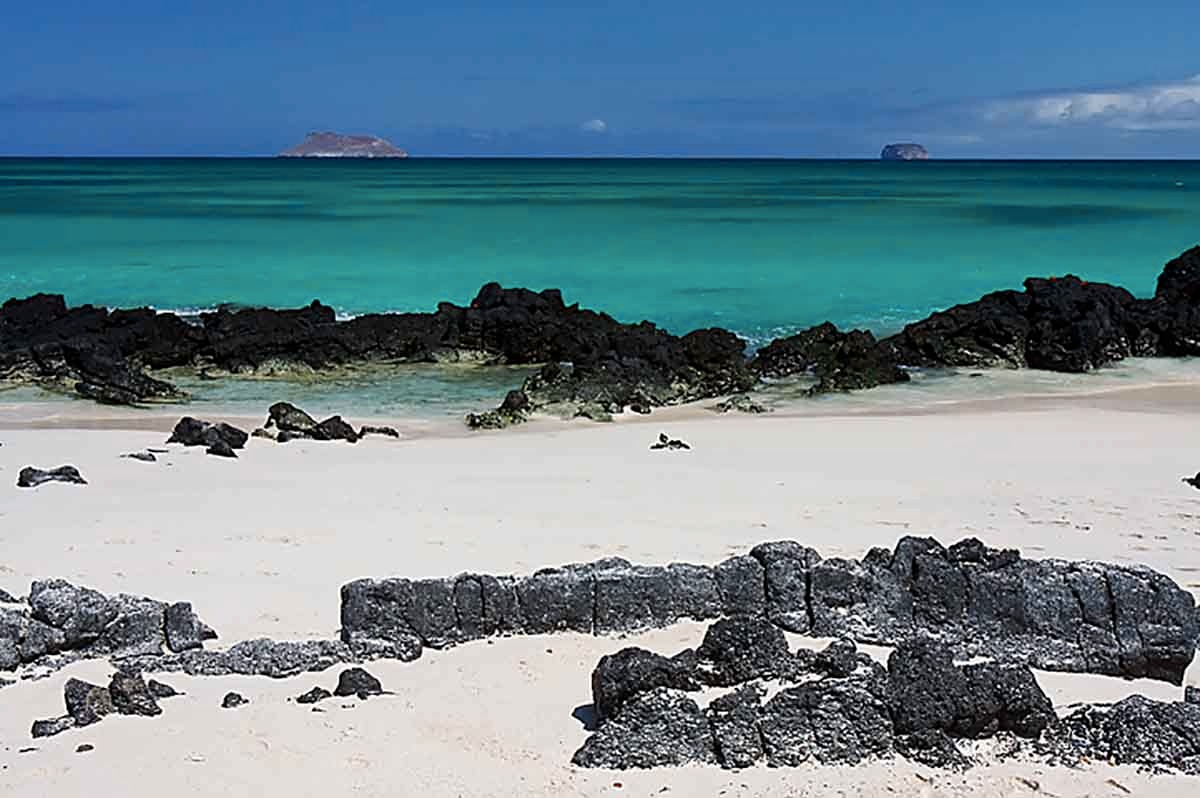Begin your 7-night voyage through the Galapagos Islands with North Seymour Island's captivating landscapes. Discover the geological wonders and history of the Galapagos Islands by exploring the Punta Pitt formations. Snorkel in the shadows of Kicker Rock to experience the rich marine life below the surface. Then, head to Espanola Island. This rocky refuge is home to seabird colonies.
Floreana Island is the next stop on your journey. It's home to an enchanting lagoon filled with colorful flamingos. Bartolome Island offers close encounters with blue-footed boobies and panoramic views. Santa Cruz Island offers incredible views of giant tortoises and ancient lava tube explorations, as well as treks that take you to 'The Twins (or Los Gemelos),' an awe inspiring sight. Genovesa Island is a great place to see a variety of bird species at their busy breeding grounds. Finalize your journey at Baltra Airport, located on Baltra Island. This gateway to the Galapagos Islands has a long history of being a US Airforce strategic base during World War II.
This itinerary, which has been carefully curated, seamlessly connects the biodiversity, the geological marvels and the human stories, allowing you to experience the Galapagos Islands in a way that is unlike any other.
Tag für Tag
Karte



Kreuzfahrt beinhaltet
Kreuzfahrt nicht enthalten
Highlights
Best of Galapagos East
Jetzt anfragen
Abfahrtsdaten
| Dates | Itinerary | Duration | |
|---|---|---|---|
No data | |||